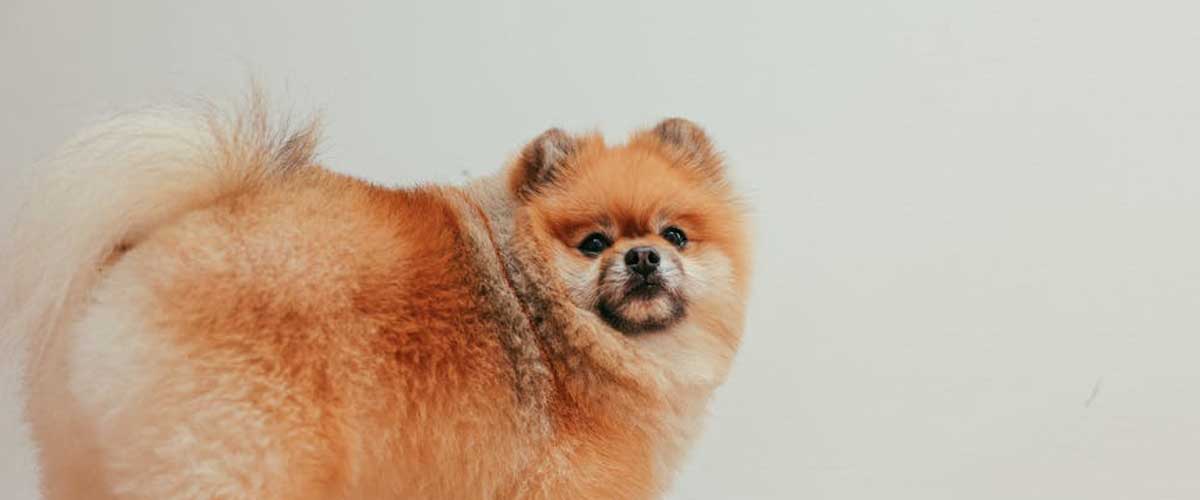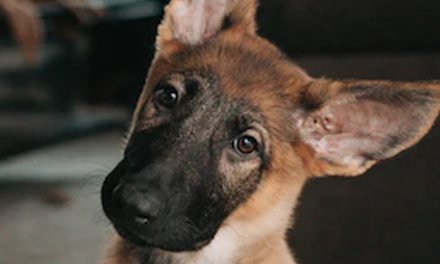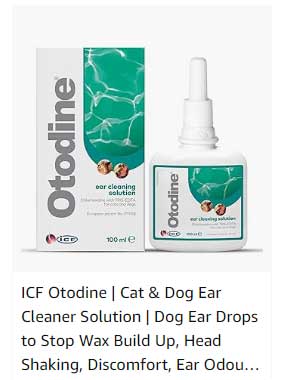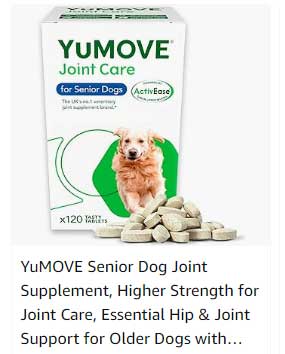Having a dog with diarrhea can be stressful for both you and your furry friend.
It’s a relief when the diarrhea finally clears up, but the question remains: what should you do next?
Here’s a guide to help you navigate the next steps to ensure your dog’s recovery and maintain their health.
1. Gradual Reintroduction of Food
After a bout of diarrhea, it’s important to reintroduce food gradually.
Start with a bland diet, which can help your dog’s digestive system ease back into normal routines.
Common options include:
Boiled Chicken and Rice:
This classic combination is gentle on the stomach.
Pumpkin:
Plain canned pumpkin (not the spiced pie filling) can help firm up your dog’s stool.
Sweet Potatoes:
Cooked and mashed sweet potatoes can also be a nutritious option.
Start with small portions and monitor how your dog responds before gradually returning to their regular diet.
2. Hydration is Key
Ensure your dog stays well-hydrated, as diarrhea can lead to dehydration.
Fresh water should always be available.
If you’re concerned about their hydration level, you might consider offering low-sodium chicken broth or electrolyte solutions designed for dogs.
3. Monitor for Any Recurring Symptoms
Keep a close eye on your dog in the days following the diarrhea. Check for:
- Changes in appetite
- Lethargy or decreased energy levels
- Additional gastrointestinal symptoms (like more diarrhea or vomiting)
If any of these symptoms reappear or worsen, consult your veterinarian.
4. Gradual Return to Routine Activities
If your dog is feeling better, it’s okay to slowly reintroduce their normal activities, such as walks and playtime.
However, keep activities moderate at first, as their energy levels may still be recovering.
5. When to Consult Your Veterinarian
If your dog’s diarrhea returns, lasts for more than a couple of days, or if you notice any concerning symptoms, seek veterinary advice.
It’s especially important to reach out if there’s blood in their stool, or if they seem to be in pain.
6. Preventive Measures
After dealing with your dog’s diarrhea, think about what caused it in the first place.
Here are some preventive measures to consider:
Dietary Management:
Ensure that your dog’s diet is well-balanced and appropriate for their age and health needs.
Regular Vet Check-ups:
Routine veterinary visits can help catch potential health issues early on.
Limit Access to Non-Food Items:
Dogs are notorious for scavenging.
Keep trash cans secure and be mindful of what your dog has access to.
7. Stress Reduction
Stress can sometimes lead to gastrointestinal upset in dogs.
Create a calm environment and consider routines that help your dog feel secure.
Enrichment activities, like mental games and interactive toys, can help alleviate anxiety.
Conclusion
It’s a relief to know that your dog’s diarrhea has resolved, but it’s crucial to follow up with some careful steps to ensure their continued health.
Monitor their condition closely, reintroduce food gradually, and take preventive actions to keep your pup happy and healthy.
With proper care, your dog will bounce back in no time!









